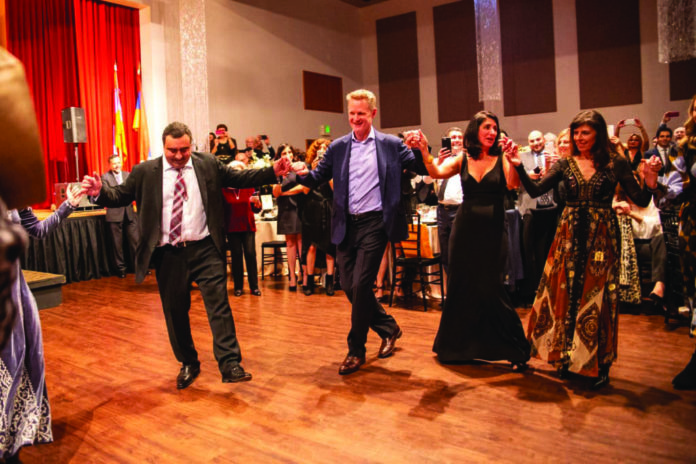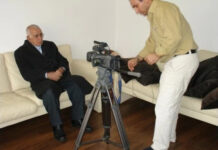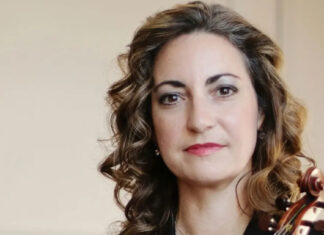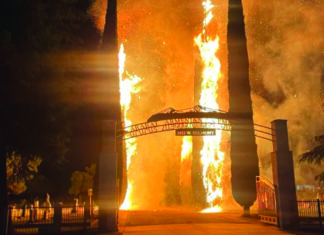By Marcus Thompson II
SAN FRANCISCO (The Athletic) — Steve Kerr had known the story of his grandparents saving and caring for thousands of Armenians in the 1920s. But here he was, in a packed banquet room on Saturday night, February 8, at San Francisco’s Krouzian-Zekarian-Vasbouragan Armenian School (KZV), feeling the impact of their benevolence like never before.
Stanley and Elsa Kerr saved and cared for nearly 10,000 orphans when they had nowhere else to go. Many of them went on to become college graduates, experts and professionals. The Kerrs put themselves in grave danger for people they didn’t know.
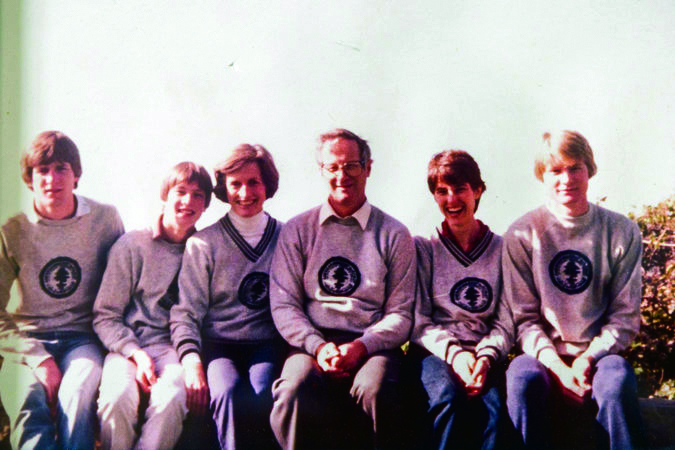
One of the most moving moments on Saturday came during a preview of a yet-to-be-completed documentary, “Kerr: Warriors of Peace.” When a snippet from a letter from his grandfather was read, 99 years to the day after he wrote it, Kerr put his head down and wiped away a tear as the chills swirled around the room.
Tonight the most bitter cold of all this winter, all the remaining Armenians are preparing to go out again into exile. Many will perish on the way from Turkish bullets or from cold. Our orphans, old women and men, will remain in our compounds. Perhaps by remaining here, we can protect the remaining Armenians from massacre. If the Turks do not respect our flag and our property, we will die with the others. May the horrors of the last weeks be a blot on the pages of history. No matter what happens, remember that I am ready to make any sacrifice, even death, and have no fear. Good bye, with love and hope.
Stanley Kerr heard these long-ago words with the rest of the crowd at Saroyan Hall, which doubles as the K-8 school’s gymnasium. On this night, it was converted into an elegant setting with white tablecloths and sparkling chandeliers for the 38th annual KZV School Gala. This year was more special with Kerr in attendance. The Warriors head coach was joined by his mother, Ann, his wife, Margot, his son, Nick and daughter, Maddy.



